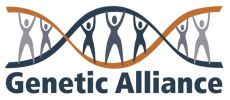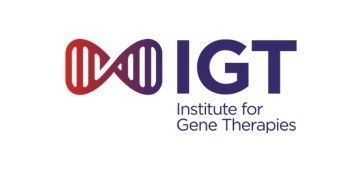Extended recovery of cardiac function after severe infantile cardiomyopathy presentation in Barth syndrome
Background: Cardiomyopathy is the most common presenting feature of Barth Syndrome(BTHS), often presenting in infancy with severe heart failure (HF) and cardiac dysfunction and sometimes resulting in death or heart transplant listing shortly after presentation. We describe our experience caring for five unrelated boys with BTHS who presented with severe cardiomyopathy and HF prior to age 2; all had marked, sustained improvement in response to medical heart failure therapy.
Results: Age and weight at presentation ranged from 2 days to 21 months and 2.6 to 9.7 kg, respectively. Presenting ejection fraction (EF) was between 9 and 32% and BNP levels (available for 4 patients) were between 889 and 2801 pg/ml (normal <100 pgmL). All had marked left ventricular (LV) dilation on initial echocardiogram with LV end diastolic dimension (LVEDD) z-scores between 3.5 and 11.9 (normal -2 to 2). After stabilization, oral medical heart failure therapies at hospital discharge were captopril (5 5),furosemide digoxin (2carvedilol (1 5).Clear echocardiographic improvement wasevident 6 26 months after presentation EF 38 – 55% LVEDD 2.6 3.7. BNP levels normalized in all patients 1 24 starting HF therapy. Chronic continued all: ACEi ARB beta-blocker (4 patient having 2 readmissions for within 90d of no other admissions. are alive 5.3 13 years presentation, oneundergoing transplantationrestrictive cardiomyopathy pulmonaryhypertension 12.6 presentation.
Conclusions: Sustained, successful treatment of BTHS-related symptomatic HF and LV dilation/systolic dysfunction presenting early life is possible, potentially avoiding early cardiac related death or need for transplantation.












